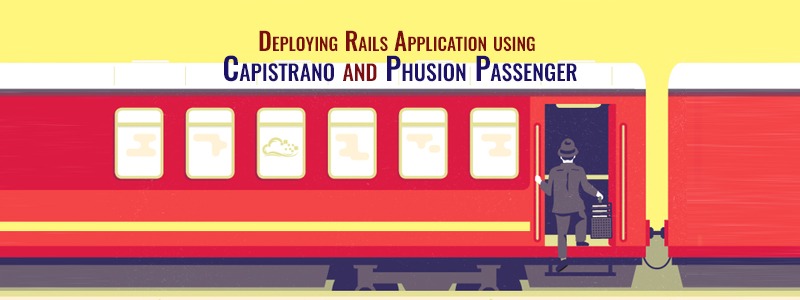In the realm of web development, creating RESTful APIs is a common necessity. RESTful APIs allow different systems to communicate over HTTP in a standardized way, making them integral to modern web applications. Ruby on Rails (RoR) provides a robust framework for web development, and with the addition of Grape, a micro-framework for creating APIs, building a RESTful API becomes even more streamlined and efficient. This article will guide you through the process of building a RESTful API using Grape in a Ruby on Rails application, complete with an example.
What is Grape?
Grape is a Ruby framework specifically designed for creating REST-like APIs. It is lightweight and complements Rails well, offering a simple DSL (Domain-Specific Language) to define RESTful APIs. Grape allows you to focus on the API logic while handling common tasks such as parameter validation, formatting, and versioning.
Setting Up Grape in a Rails Application
To get started, you need a Rails application. If you don’t have one already, you can create a new Rails application with:
rails new grape_api_example
cd grape_api_example
Add the Grape gem to your Gemfile:
gem 'grape'
Correr instalación del paquete to install the gem.
Creating the API
Create a new directory for your API under app:
mkdir app/api
Next, create a base class for your API. This class will inherit from Grape::API and serve as the foundation for your endpoints. Create a file app/api/base_api.rb and add the following code:
API del módulo
class Base < Grape::API
format :json
rescue_from :all do |e|
error_response(message: e.message, status: 500)
fin
mount API::V1::Base
fin
fin
Versioning Your API
Versioning is crucial for maintaining backward compatibility. In this example, we will create version 1 of our API. Create a directory app/api/v1 and a base file app/api/v1/base.rb:
API del módulo
module V1
class Base < Grape::API
version 'v1', using: :path
mount API::V1::Users
fin
fin
fin
Defining Endpoints
Let’s create a simple endpoint for managing users. Create a file app/api/v1/users.rb:
module API
module V1
class Users < Grape::API
resource :users do
desc 'Return a list of users'
get do
User.all
end
desc 'Return a specific user'
params do
requires :id, type: Integer, desc: 'User ID'
end
route_param :id do
get do
User.find(params[:id])
end
end
desc 'Create a user'
params do
requires :name, type: String, desc: 'User name'
requires :email, type: String, desc: 'User email'
end
post do
User.create!({
name: params[:name],
email: params[:email]
})
end
desc 'Update a user'
params do
requires :id, type: Integer, desc: 'User ID'
requires :name, type: String, desc: 'User name'
requires :email, type: String, desc: 'User email'
end
put ':id' do
user = User.find(params[:id])
user.update({
name: params[:name],
email: params[:email]
})
end
desc 'Delete a user'
params do
requires :id, type: Integer, desc: 'User ID'
end
delete ':id' do
User.find(params[:id]).destroy
end
end
end
end
end
Mounting the API
To mount the API, you need to update your config/routes.rb:
Rails.application.routes.draw hacer
mount API::Base => '/'
fin
Creando el modelo de usuario
To support the user endpoints, generate a User model:
rails generate model User name:string email:string
rieles db:migrar
Testing the API
Start your Rails server:
rails server
You can now test your API endpoints using a tool like curl or Postman. Here are some example requests:
Get all users:
curl http://localhost:3000/v1/users
Get a specific user:
curl http://localhost:3000/v1/users/1
Create a new user:
curl -X POST http://localhost:3000/v1/users -d "name=John Doe&email=johndoe@example.com"
Update a user:
curl -X PUT http://localhost:3000/v1/users/1 -d "name=Jane Doe&email=janedoe@example.com"
Delete a user:
curl -X DELETE http://localhost:3000/v1/users/1
Conclusión
Using Grape with Ruby on Rails provides a powerful combination for building RESTful APIs. Grape’s lightweight and flexible nature makes it easy to define and manage API endpoints, while Rails handles the underlying infrastructure. This example demonstrated a basic CRUD API for user management, showcasing how to set up and use Grape within a Aplicación de rieles. With this foundation, you can extend the API to include more complex functionality and integrate it with other services.





